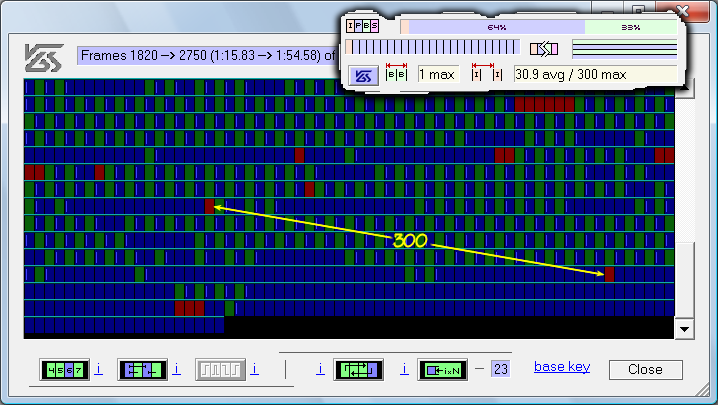

The data itself is the same VC-1 data you get from MPlayer -dumpfile. Yesterday, using quite a few operations, I managed to create a high-quality VC-1 in an AVI container (25MB) () by demuxing VC-1 WMV frames and copying them straight into a AVI container chunks.

Note, in particular, the comments: "useful with mpeg/:ace" and "not very useful". :stream.dump (useful with mpeg/:ac3).ĭump raw compressed video stream to. Getting back to the subject, note the MPlayer for "man page" entries for the dump options emmel mentions:ĭumps raw compressed audio stream to. But it's different from "pure raw demuxed" AAC, which is unplayable.įor that matter you can't even play uncompressed audio unless the demuxer adds a wav header so you know the composition of the data (sample size, sample rate, #of channels, etc) that follows (and can compute where the next frame starts) neither can you play raw uncompressed video without at least knowing whether its 3bytes/frame RGB, four bytes/frame RGBA, etc.
#ELECARD STREAM ANALYZER CRACK MP4#
It has some extra info, but it's still "elementary" because it's not in an MP4 or other container yet. That result, with the headers, is called "elementary" AAC. For example, if you demux AAC out of a MP4 container as raw data, you can't play it unless you have a "smarter" demuxer that adds either an ADIF header to the beginning or ADTS headers to each frame. The encoding will specify a bitstream at its "lowest" level possible, under the assumption some container or other extra information structure(s) will provide the missing basic info. But in a sense, that's "double containerizing" and I think there's a tendency away from that in newer file encoding schemes to save bits. Using audio as an analogy, you can, say, do "raw demux" of MP3 or AC3 audio out of an AVI or other container, because each frame has enough header info to play by itself.
#ELECARD STREAM ANALYZER CRACK HOW TO#
I don't have personally have the VC-1 spec (I want one, but I'm trying to figure out how to get it without spending $300 :eek: - but I assume a VC-1 "elementary stream" has extra structures to help specify some basic characteristics (not to mention just finding out where the divisions between frames are). But I'm not so sure an "elementary VC-1" stream is the same as "raw" one, and I think that's the whole problem here. At least it recognizes the elementary video stream as "WVC1" and dumps the outcome on disk like it should.I agree with this: this does give you the "raw" VC-1. MPlayer test.wmv -dumpvideo -dumpfile test.vc1


 0 kommentar(er)
0 kommentar(er)
